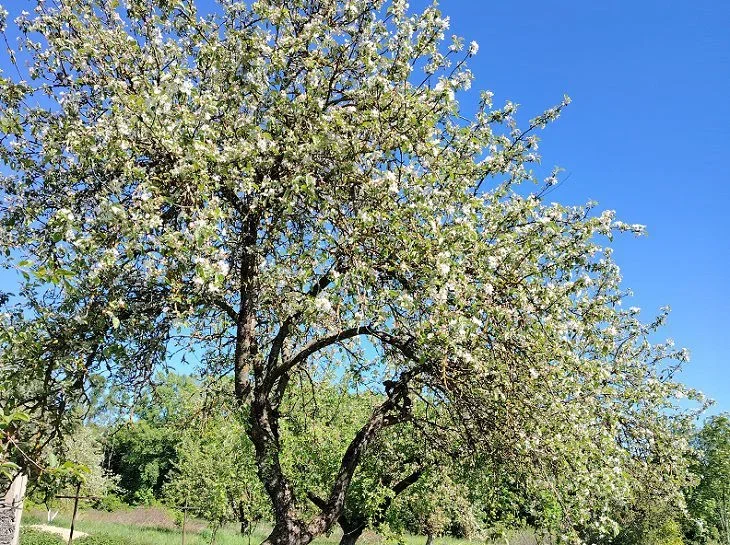In the shade of centuries-old apple and pear trees, not only the memory of past harvests is preserved, but also the chance for a new beginning.
Many gardeners, noticing that the branches are bending under the weight of increasingly meager fruits every year, rush to take up the saw.
But before you decide on radical measures, it is worth remembering: even the most feeble tree can surprise you if you help it remember its youth.

Rejuvenation of fruit crops is not just pruning dry branches, but a subtle dialogue with nature. Imagine that the plant is a living archive, where each twig stores the history of your garden.
It's worth starting with a careful inspection. If the bark is covered with deep cracks, and the branches that resemble crooked fingers predominate, then it's time for restorative pruning.
The main rule is to act gradually, as if catching your breath after a long run.
The timing of the work depends on the tree species and the climate. For example, for apple and plum trees, the best time is when the February frost has already released the soil, but the buds are still dormant. Apricots and peaches, on the contrary, prefer the April warmth, when the risk of sudden frosts is minimal. Cherry groves come to life in the summer - they are renewed in mid-July, as if giving a second wind before the autumn dormancy.
The process begins with shortening the crown. This not only reduces the height of the crown, but also awakens dormant buds at the base.
Afterwards, you can move on to thinning, removing branches that have become intertwined into a dense tangle.
It is important to leave those shoots that grow horizontally - they, like open palms, best catch the sunlight.
There is no need to be afraid of the abundance of vertical "water sprouts" that appear after pruning. They can be easily removed manually in the summer, when the tree directs its energy to recovery.
Sometimes gardeners worry that radical intervention will kill the plant. But the principle of "less is more" applies here.
By removing a third of the old branches per season, you give the tree time to adapt. Within a year, new shoots will appear in the place of the cuts, and the bark will become smooth, as if the years had been erased.
Of course, not every tree is worth fighting for. If the trunk is eaten away by tinder fungi and the roots are rotten, it is easier to plant a seedling. But those specimens that have simply slowed down their growth are often just waiting for your attention.
Their fruits, grown in special soil for decades, have a unique taste that you can’t buy in a store.
